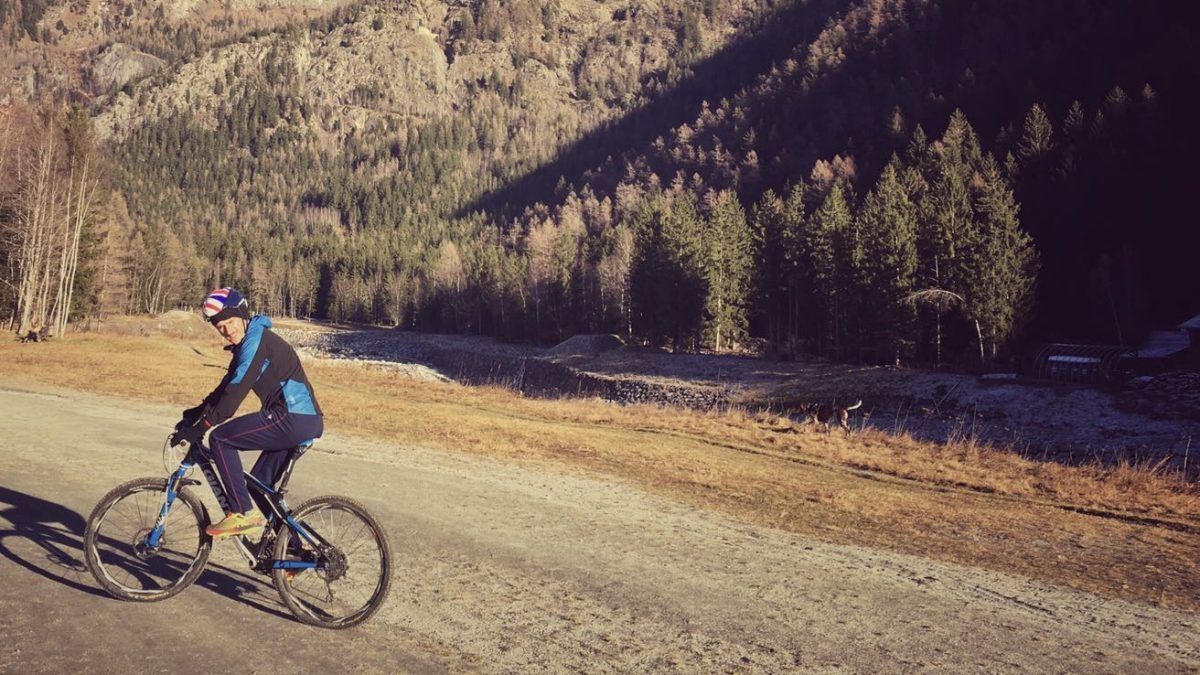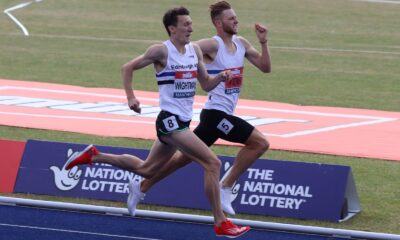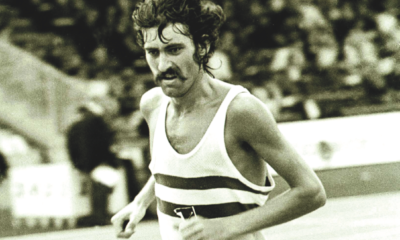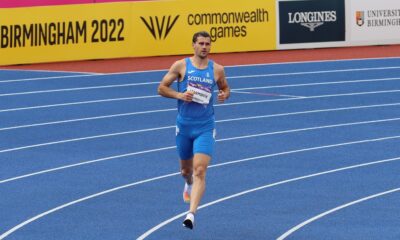
Matt Long considers the implications of a recent Sports Science paper on ‘Burnout’.
At this point of the year, for many, it’s worth considering a period of regeneration.
If you are a track based endurance athlete, the end of August and into September may signal the ‘natural’ time to take your foot off the proverbial gas and to begin to plan your winter season over the mud and/ or to look ahead to racing on the indoor boards.
If you are a road runner, the above may be more difficult and may require the overt prompt of this article for you to consider when might be appropriate to do so as you are far more likely to be sucked into the continuous cycle of pounding the pavements in your preparation for the next road race and the one after that and so on. Road relays are coming up though…
Burnout
As you read this you may be on the crest of a proverbial wave. You may feel that you can just carry on riding the wave of your current form until you fall off your surfboard at some point.
This being said the consequences of taking such an approach can be potentially catastrophic according to the research findings expressed in a recent sports science paper which tacked the issue of athlete ‘burnout’.
Glandorf, H. et al. (2023) Mental and physical health outcomes of burnout in athletes: a systematic review and meta-analysis, provides much food for thought in this context.
As recently as last year, for example, the World Health Organisation’s International Statistical Classification of Diseases listed ‘burnout’ as an occupational hazard. Whilst very few of you reading this will earn a living from running, if you add up the cumulative weekly hours spent training on the early morning shakeout trots, the long Sunday run and the half an hour of yoga you do before bedtime, for example, I bet it adds up to what you’d do as a part-time job.

Sometimes you just to take a bit more time on the sofa and take advice from our four legged friends.
Allostatic Overload
There are various ways in which you can over train in terms of running too frequently, at too high an intensity or simply too much volume. This being said simply continuing for extended periods of months on end without regeneration periods can also result in loss of form and eventually ‘burnout’.
Way back in 1986, Smith posited the cognitive–affective model of athletic burnout to explain how prolonged stressors can lead to psychological, emotional and physical withdrawal from both competitive and recreational sport. The yellow traffic lights are there in terms of higher risks of injury, respiratory inflammation and picking up infections.
More specifically the notion of ‘Allostatic overload’ is associated with the discipline of neuroendocrinology and was coined in 1993 by Bruce McEwen and Eliot Stellar to articulate dysfunction in the hypothalamus-pituitary-adrenal (HPA) axis and immune, anabolic and cardiovascular systems. The psychological warning signs tend to consist of increased levels of insomnia, anxiety and in some cases addictive behavioural patterns.
Self-monitoring
According to the aforementioned Glandorf et al. (202: 37) “By systematically monitoring and intervening when burnout occurs, we have the potential to protect athletes from burnout and its health consequences”.
Fortunately before most ‘at risk’ runners are deemed to need formal medical or psychiatric intervention, they can self-monitor in a variety of ways.
There are the obvious quantitatively driven physiological tests which typically involve heart rate or blood as obvious examples but then there are the more subtle, qualitatively driven measures such as ‘readiness to train’ self- inventories, which can and should be measured through the keeping of a mode of training diary which captures feelings as well as data.
Regeneration period
Whilst racing is a firm red traffic light, the regeneration period does not necessarily have to involve complete abstinence from running. Most certainly an elimination of intensity is advocated along with a considerable reduction in training volume.
If you are away on vacation for instance you may regress to easy running along a beach before your family awaken or a gentle aerobic out and back run from the hotel may be appropriate every couple of days.
When away on vacation, many athletes overlook the fact that they are typically walking (which has aerobic value) considerably more than they would be ordinarily back at home and this time on one’s feet should be factored in to training load.

When cross training make sure you look like a runner on a bike, not a cyclist.
Time for a kick about?
For some running can be superseded by the pursuit of other sports during the regeneration period- it’s a chance to play that game of tennis, netball or 5 a side football whilst ‘switching off’ from the daily grind of a set training schedule. For others complete abstinence may be preferable for a short period of time and then it becomes a matter of monitoring one’s diet to avoid excessive weight gain.
One mistake many athletes make is to try to jump back into training where they left off. A period of easy aerobic running is needed when the resumption of formal training occurs and this should be followed by ‘bridging’ sessions such as the unstructured fartlek or the progression run, the latter of which is effected over a number of increasingly faster but aerobically dominant paces.
These sessions act as a bridge between easy aerobic running and the more structured rigours or interval or repetition training and are a stepping stone which offer a safer path over the waters back to race fitness. Athletes who neglect them tend to overlook the fact that the bigger the aerobic base of one’s pyramid, the higher the eventual peak of the triangle of performance.
This leaves us with the following questions for self-reflection
1. How am I monitoring the physiological and psychological indicators of potential burnout?
2. When do I need a period of regeneration in my macrocycle of training?
3. Which mode of regeneration may be preferable to my needs- (a) reduction of training load; (b) cross training through a multi-sports ethos and (b) total abstinence from physical activity?
4. Why do I need to consider the notion of ‘bridging’ sessions when I return to formal running training after my period of regeneration?
Matt Long has served as Team Manager/ Coach for his country on 17 occasions and has coached 2 athletes to world titles. He welcomes contact through mattlongcoach@gmail.com
Reference
Glandorf, H. et al. (2023) ‘Mental and physical health outcomes of burnout in athletes: a systematic review and meta-analysis’. INTERNATIONAL REVIEW OF SPORT AND EXERCISE PSYCHOLOGY.
Available at: https://doi.org/10.1080/1750984X.2023.2225187



















